“Elvis” from filmmaker Baz Luhman explores the life and music of Elvis Presley, starring Austin Butler and Tom Hanks.
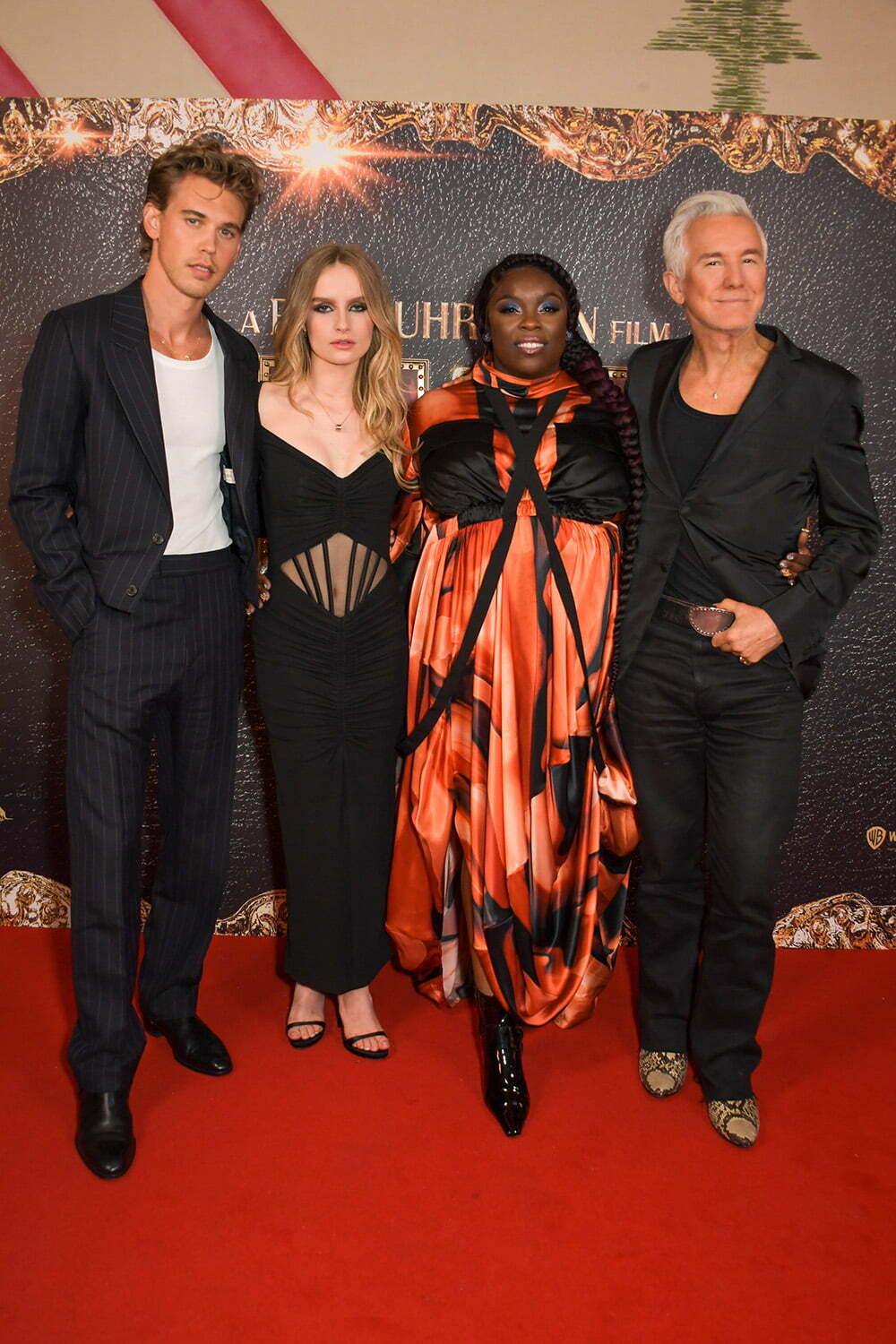
As told by Parker, the film delves into the complex dynamic between the two spanning over 20 years, from Presley’s rise to fame to his unprecedented stardom, against the backdrop of the evolving cultural landscape and loss of innocence in America.
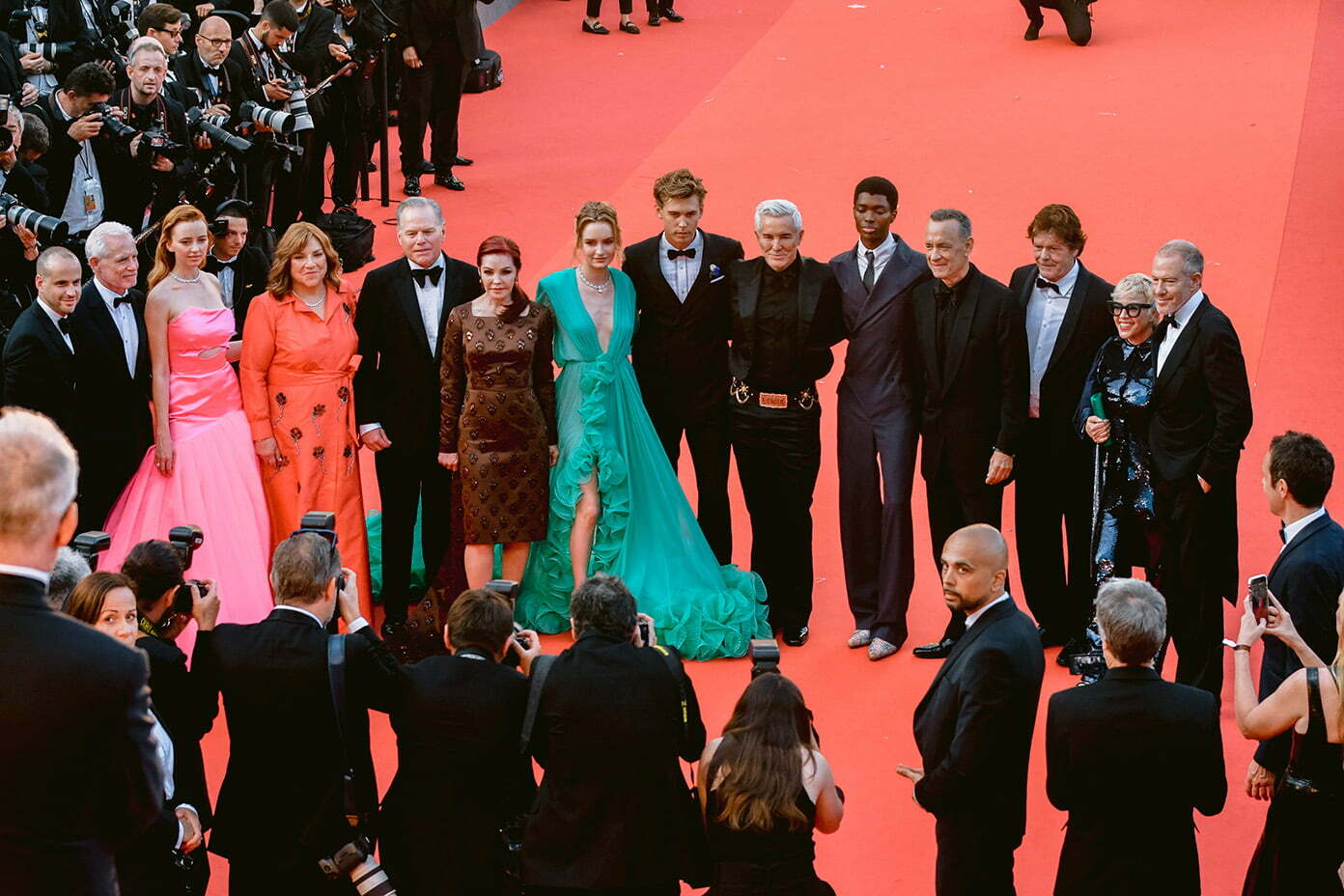
“While this story is called ‘Elvis,’ it’s also Colonel Tom Parker’s story—the telling of it at least; he’s our way in, our narrator, and an unreliable one at that,” states writer/director/producer Baz Luhrmann, whose extensive research into the music icon Elvis aided in his discovery of the strange partnership behind the artist’s public success and personal struggles. “As I like to say, Colonel Tom Parker was never a colonel, never a Tom, never a Parker, but a fascinating character all the same. He was a carnival barker dedicated to finding that one great act.
As Luhrmann reveals in the film, money was a key motivator and, as such, Parker was also possibly the first person to see the financial potential beyond the music: merchandising. “He sees how this boy, Elvis, has an effect on an audience, an effect like he’s never seen before and certainly beyond anything he’s seen on the carnival circuit,” the filmmaker notes. “To Tom Parker, it’s the greatest carnival act he’s ever witnessed, and he must have it.”
In the development of the project, Luhrmann sought the input of individuals who knew Elvis at various times in his life, and one person in particular who knew him as well as anyone ever had: Priscilla Presley. Her blessing was invaluable to the filmmaker, and her portrayal in the film was a key factor.
To take audiences back in time through Elvis’s life, production designers Catherine Martin and Karen Murphy focused on blending historic references with Luhrmann’s larger-than-life visual storytelling. Except for a few area locations, everything would be accomplished on the massive sound stages and backlot at Village Roadshow Studios on Australia’s Gold Coast.
The exterior of Graceland was a 10-week build initially, however with the pandemic shut down, the set sat wrapped in plastic for almost a year. All of the established greens and plants had to be relocated and stored, watered and manicured during the break, as did the immediate grass and lawns around the mansion and driveways. The actual location was unique as it had to be close to the Studios and offer the correct geographic land fall plus a backlit option.
While all of the exterior locations had very specific requirements, one of the biggest was privacy, which Guanaba, a semi-rural locality, and Suntown Landfill in Arundel, both provided. Moviegoers will undoubtedly appreciate the Graceland exterior, where much of the action at the home takes place in the film, thanks in large part to Elvis’s penchant for cars—including the famous pink Cadillac.
Senior art director Damien Drew was responsible for the picture vehicles department’s acquisition of over 300 cars and motorbikes. Elvis was a big collector of both cars and bikes, which is well-documented. Says Drew, “The team at Graceland was very helpful with giving us a big list of the cars Elvis owned throughout his life. He was a fanatic when it came to vehicles. Some he only owned for a short amount of time, and then he would gift them to family or friends. And he bought bikes from a very young age. We started looking at what might be available to us in Australia and what we might have to purchase from the US. Initially, we were concerned that we wouldn’t find left-hand drive versions of our hero cars in Australia, but the deeper we dug, the more came out of the woodwork.
“In Queensland, where we were filming, there was a huge volume of car collectors,” he resumes. “People had cars tucked away in sheds that we never really dreamt we would find. In the end, we only had to purchase about 15 cars, and only half a dozen or so came from the US. The remainder we were able to lease from these Australian collectors. Many of the owners were happy to let us lease the cars for an extended period of time because they knew we were going to improve them, reupholster and repair them, therefore adding value.”
Cannes Premiere & Party Photos

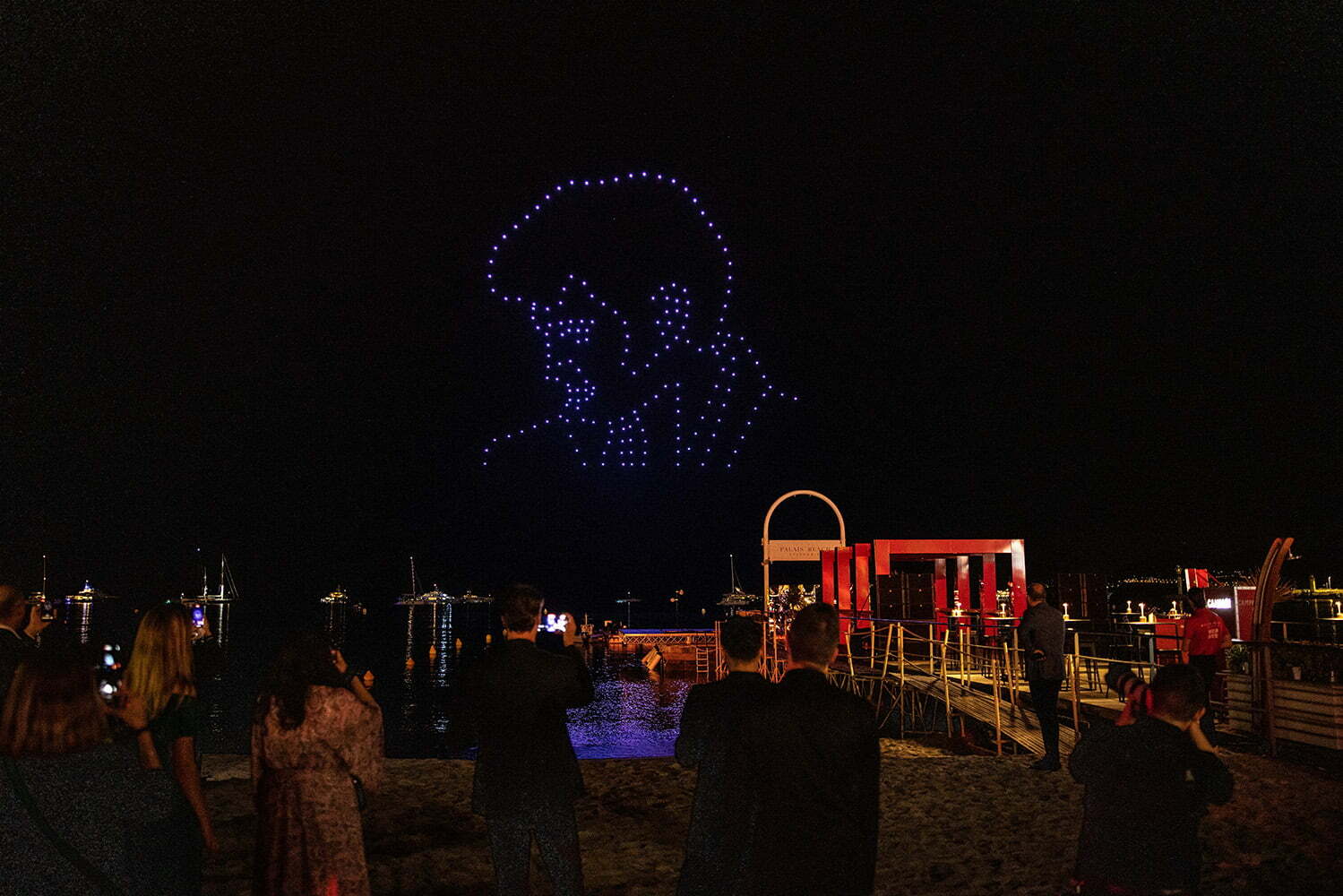
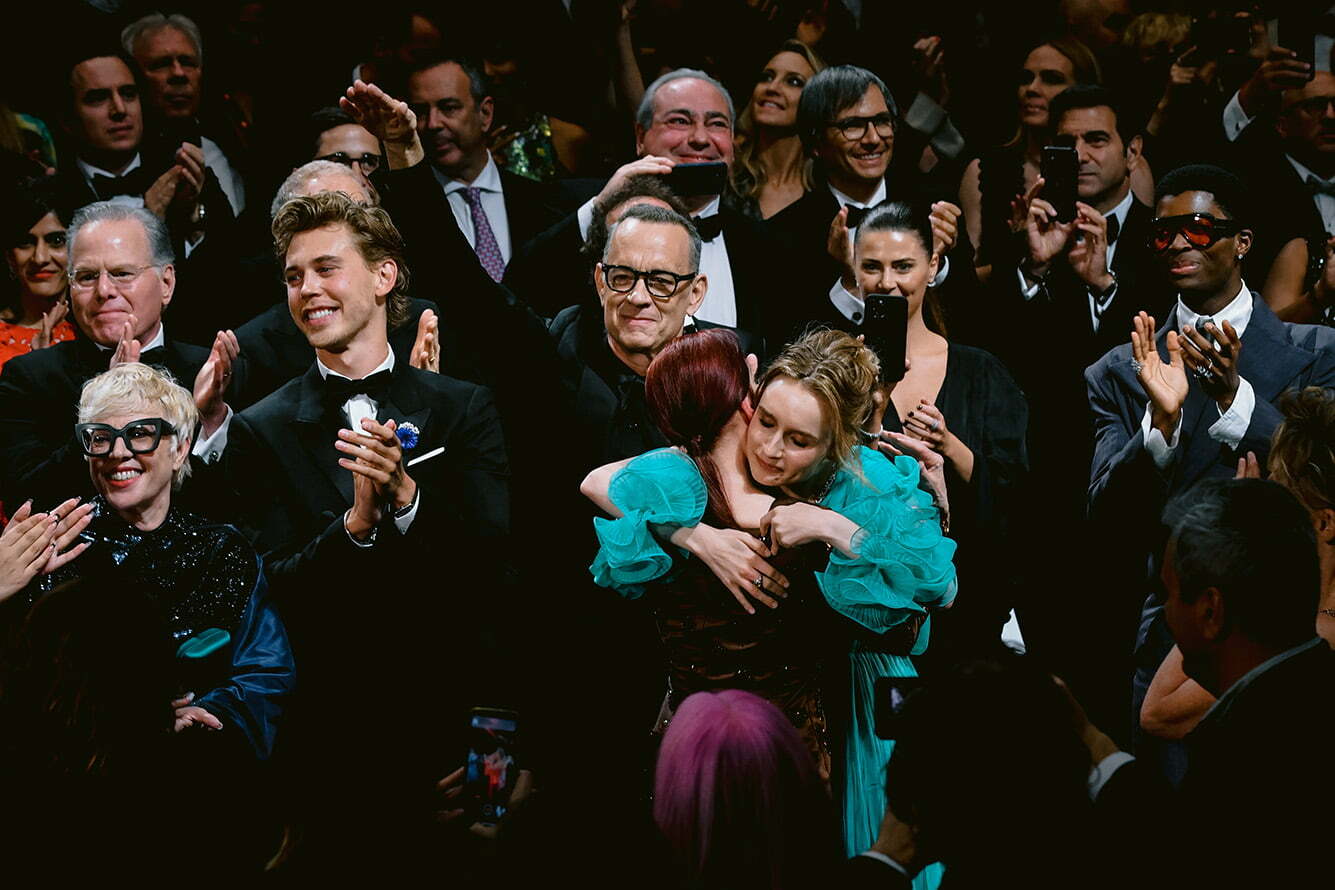
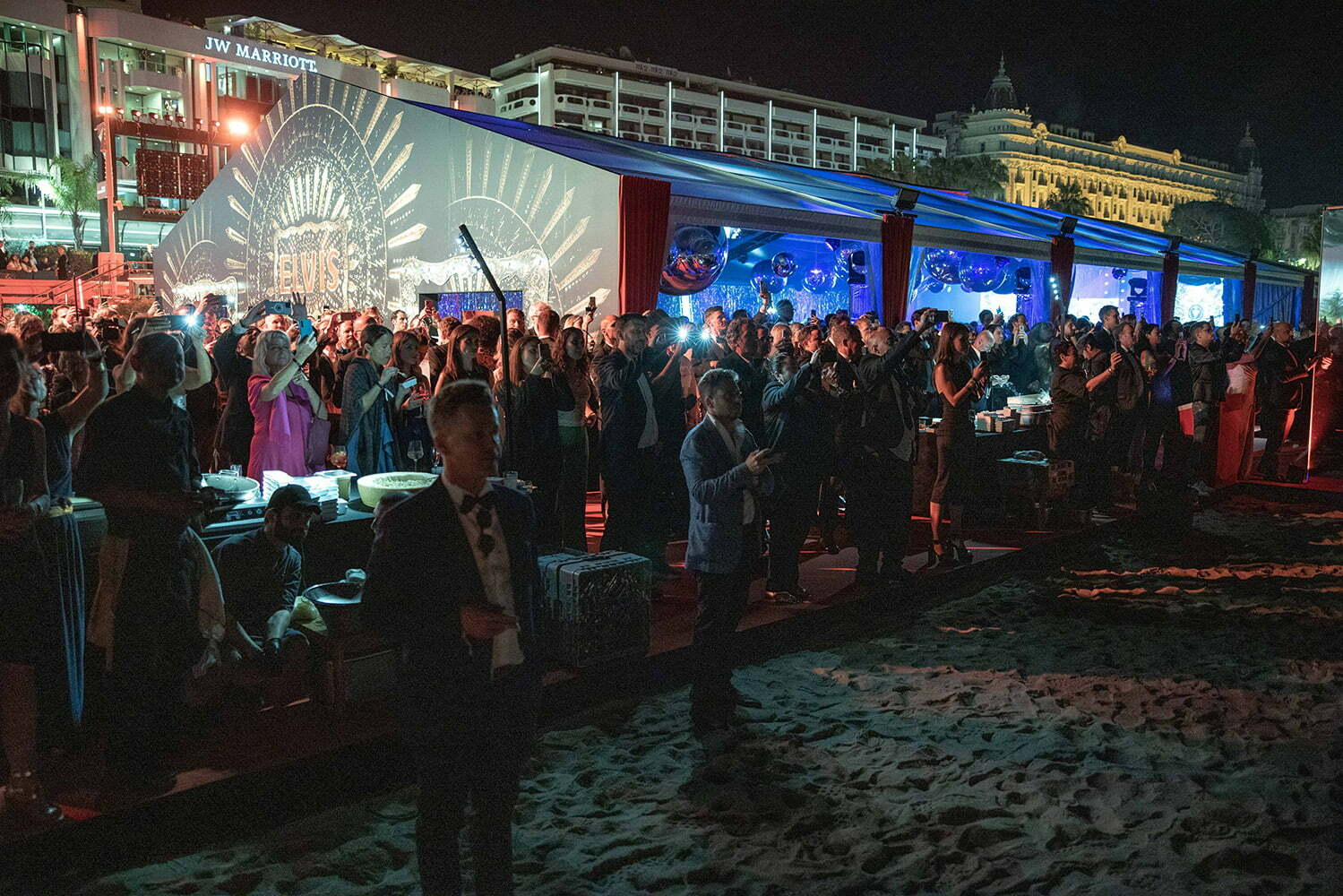
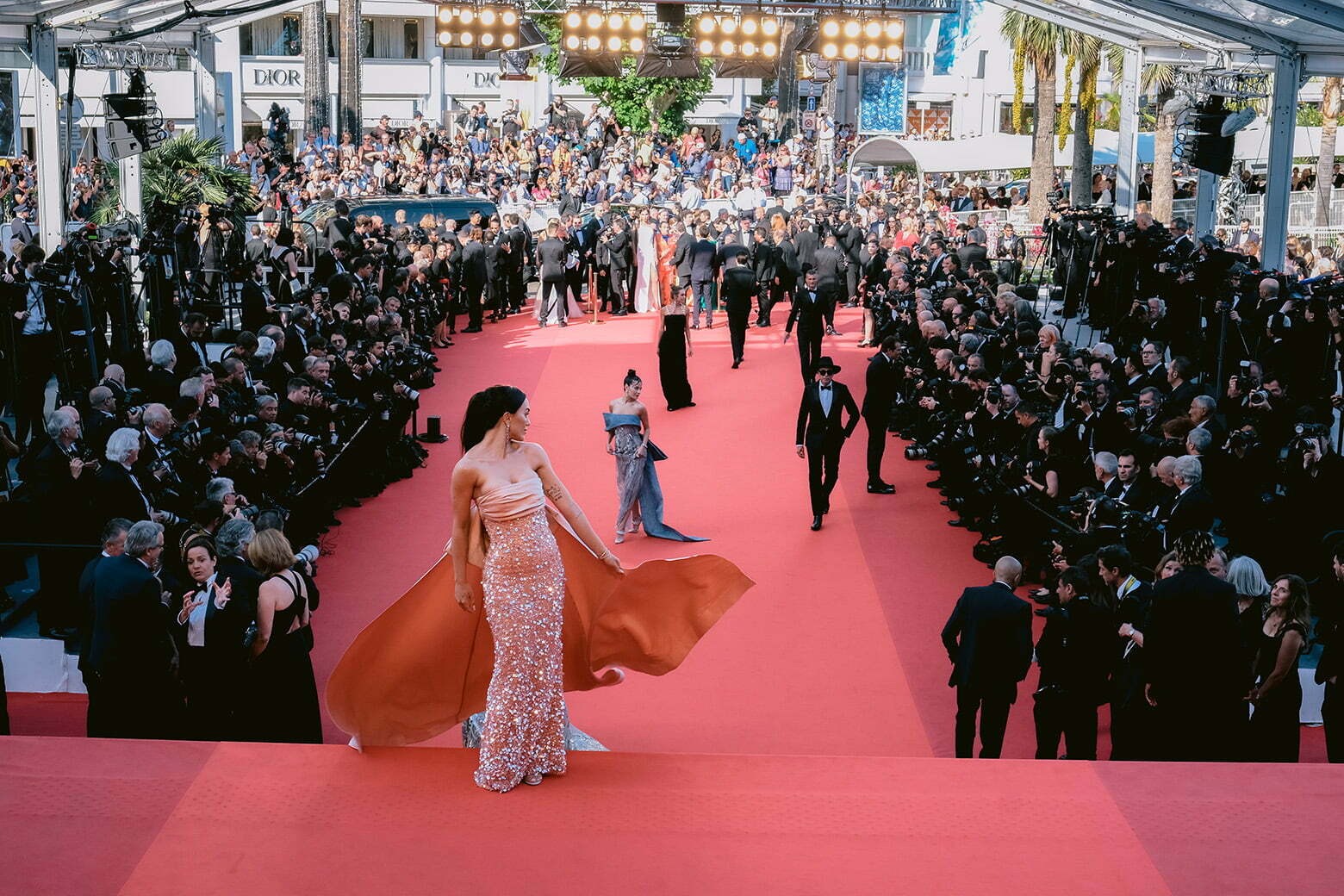
UK Fashion Tastemaker Screening
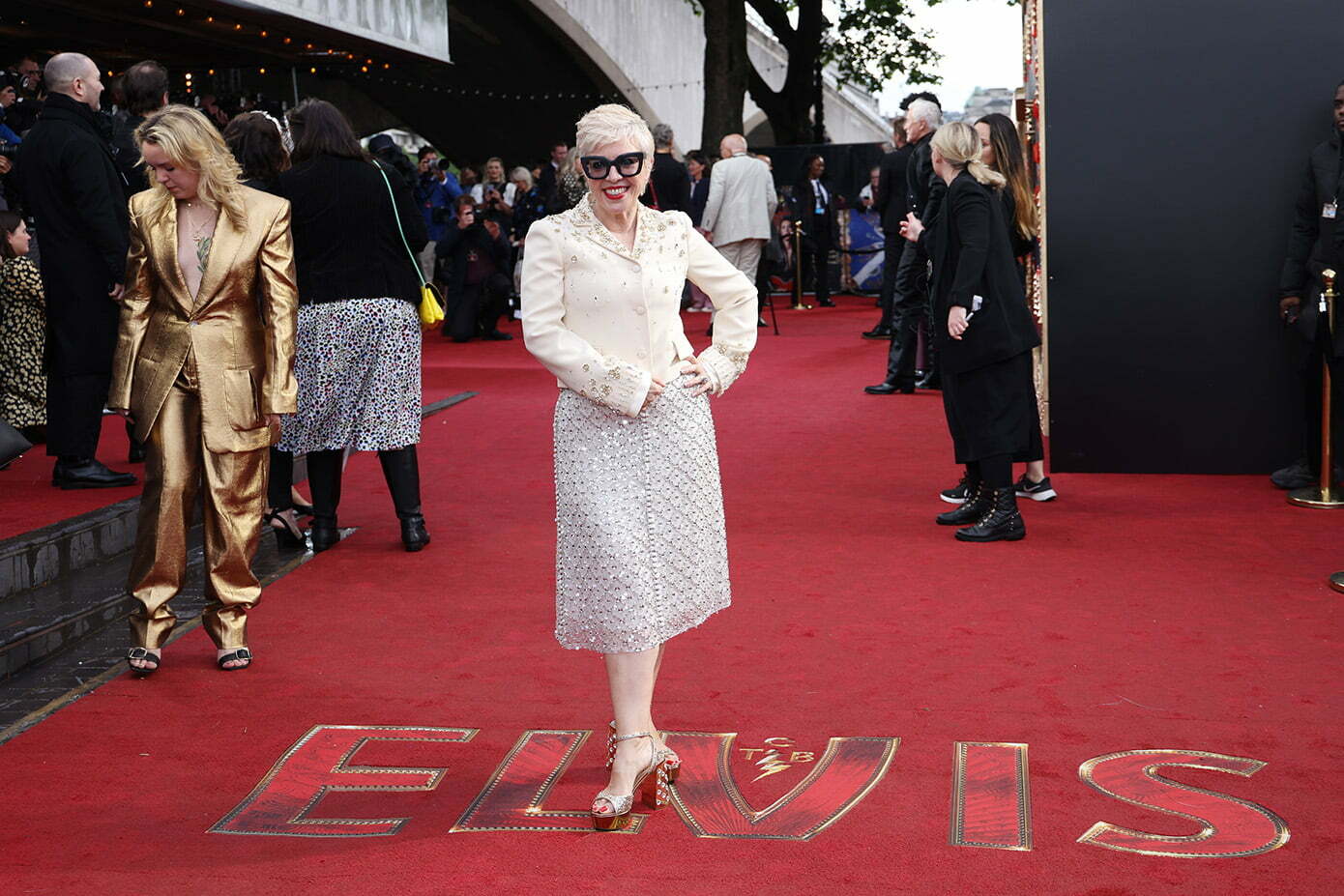
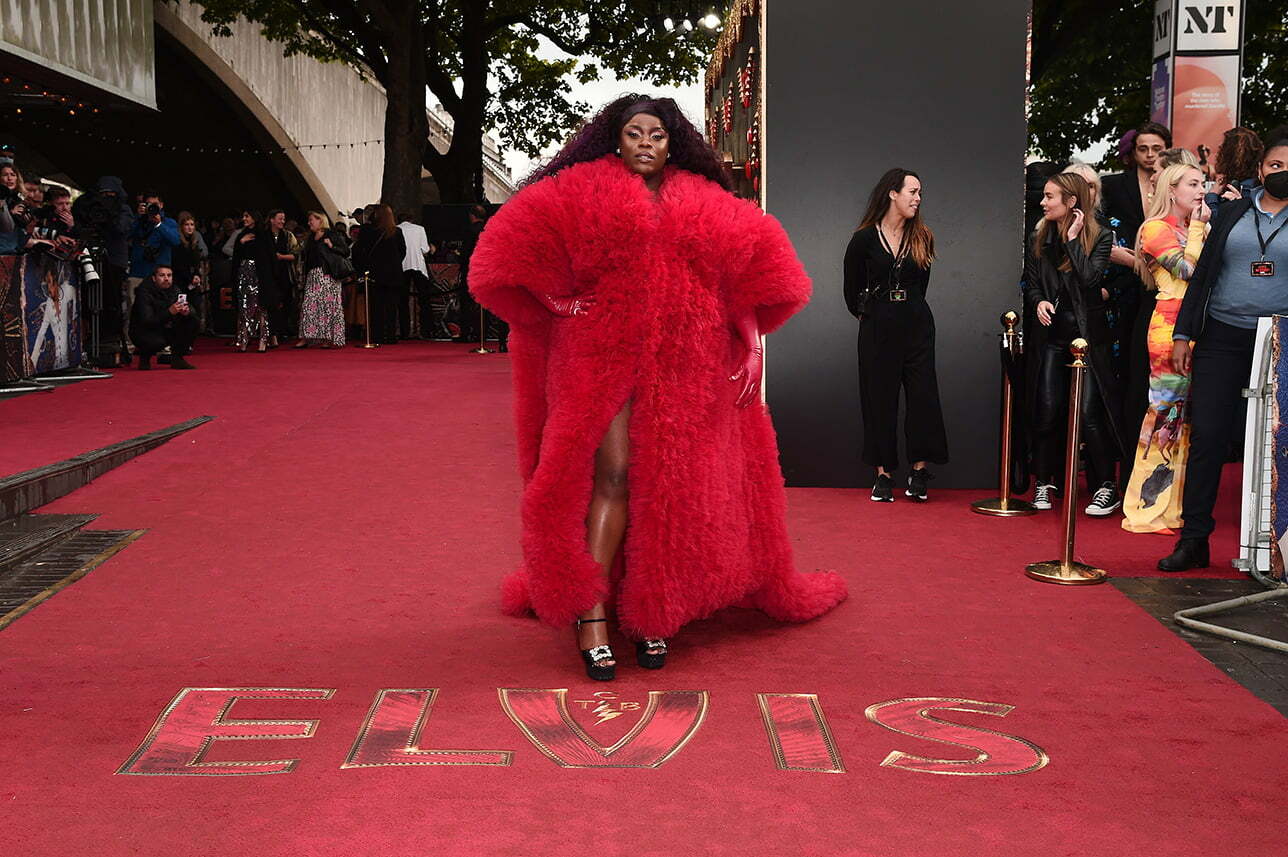
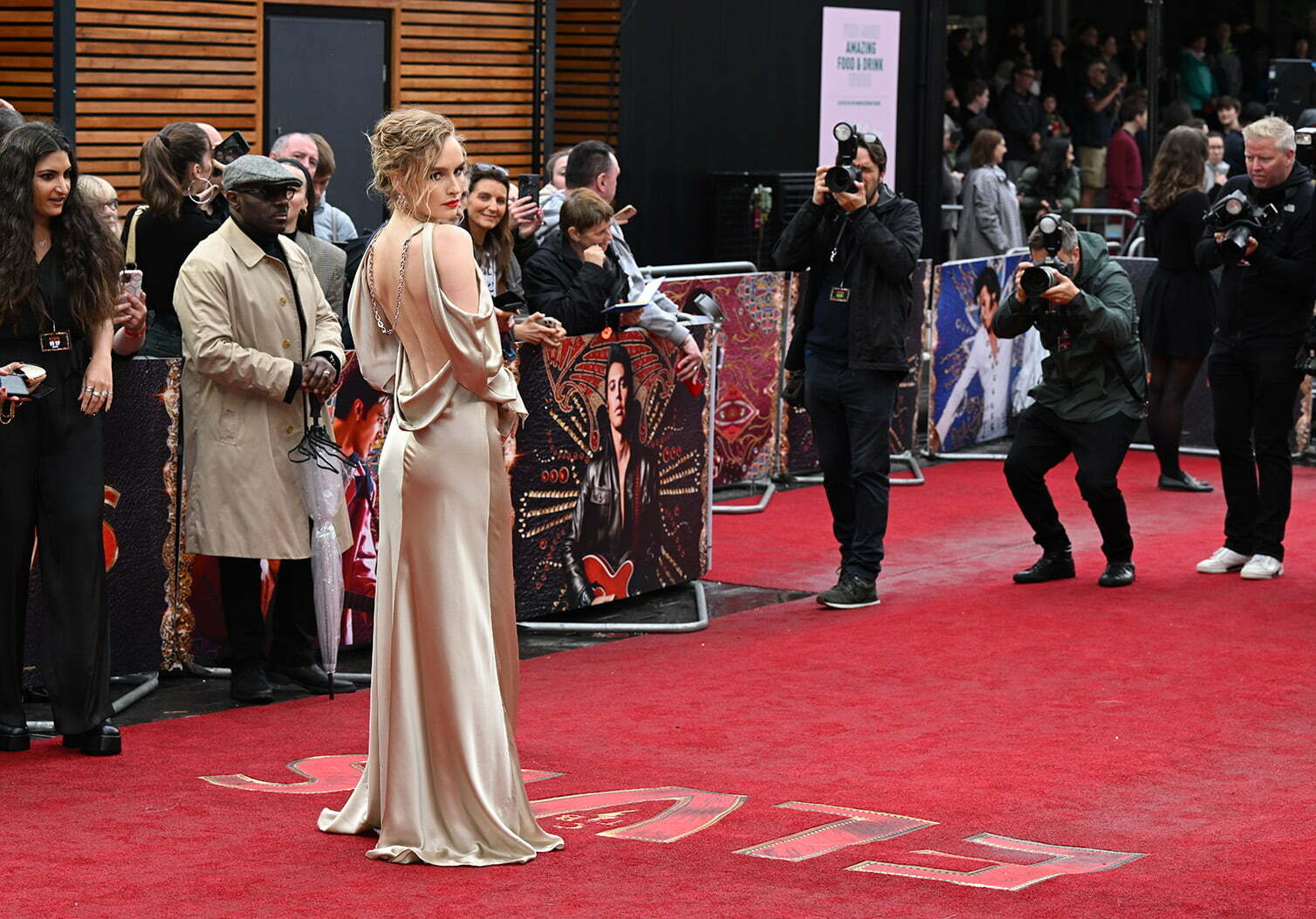
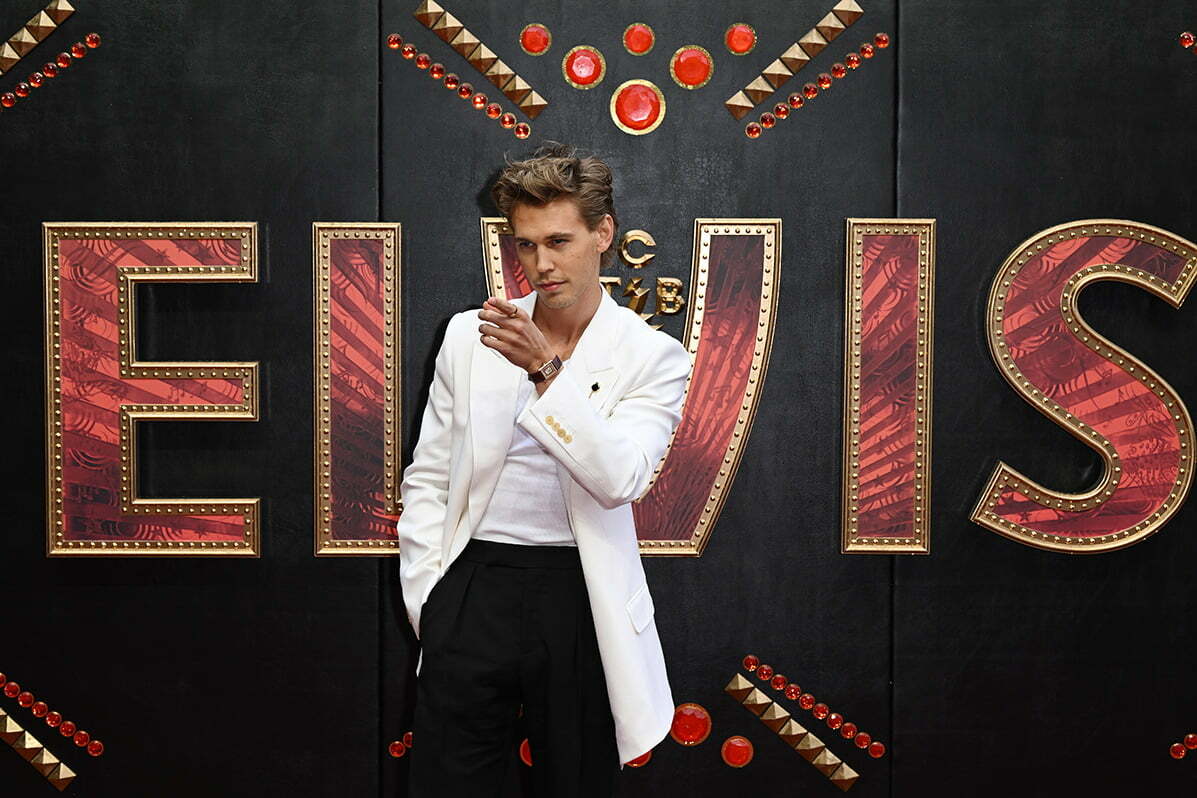
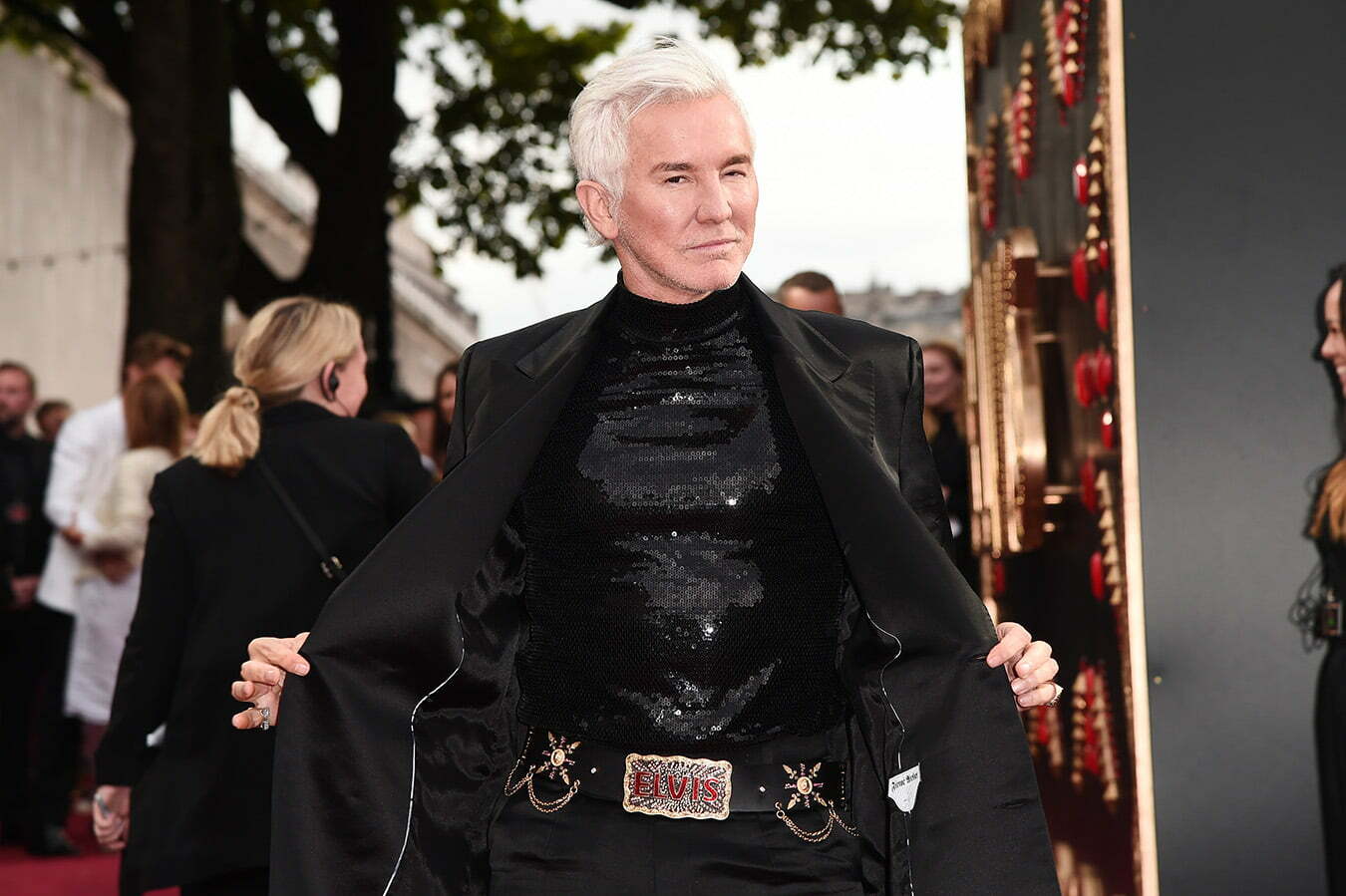
Discover more from SNAP TASTE
Subscribe to get the latest posts sent to your email.


